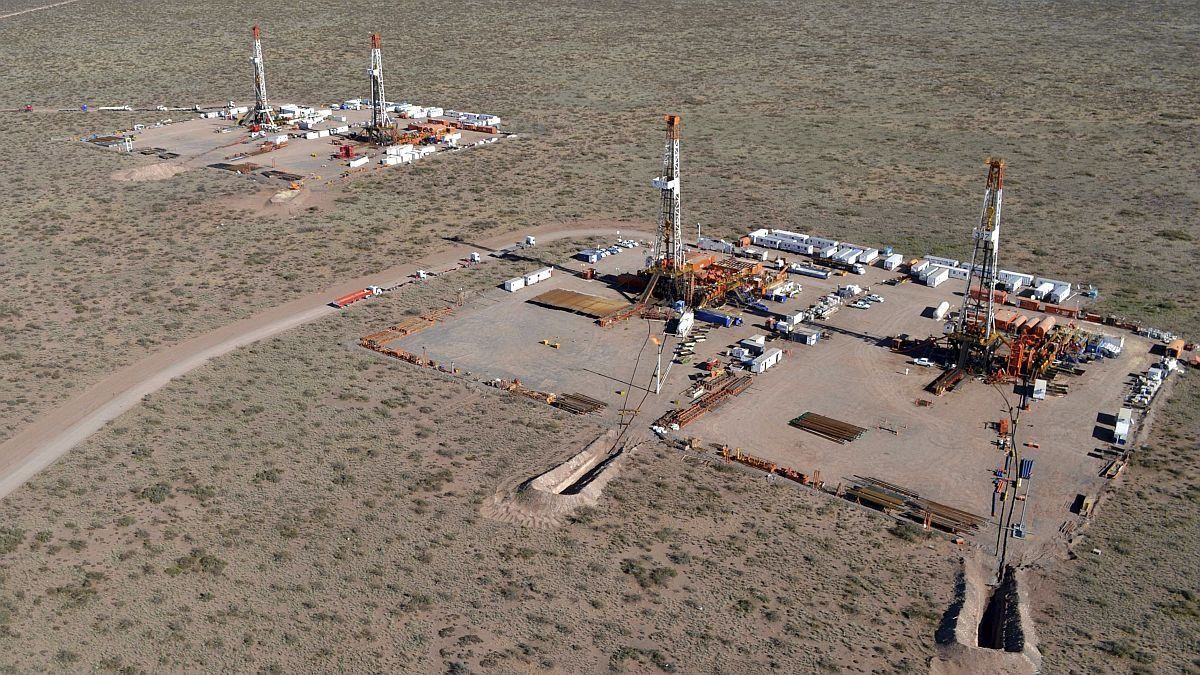The rehabilitation of the Trasandino Pipeline (Otasa) scheduled for May, after 17 years of interrupted exports from Neuquen, it also requires reversal works on the pipelines of Oleoductos del Valle, which in turn will make it possible to have new capacity towards the Atlantic.
This was explained by Ricardo Hosel, CEO of Oldelval, in an interview with Télam in which he analyzed the infrastructure works underway and those planned to increase the evacuation capacity of Vaca Muerta shale oil.
Advance in Argentine oil production
“We are coordinating this reopening with Otasa and to provide crude we have to reverse the flow and take a part to the Pacific to free up capacity towards the Atlantic, for which we are finishing the necessary works this month so that when the pipeline to Chile is released we can pump to Puerto Hernández instead of Puerto Rosales”he explained.
In this sense, Hosel’s estimation is that “a capacity of some 40,000 barrels will initially be released towards Chile, but in a term of two or at most three months that available capacity that will remain towards the Atlantic will be again in full, everything will be back with full capacity towards the Atlantic again”.
“That is the speed with which Vaca Muerta is developing, so all the expansion works that are being carried out by Oldelval and the operating companies in the basin are important,” he said.
The main works of Oldelval consist of strengthening the Crucero Catriel pumping station and the reversal of all the systems to be able to pump towards Puerto Hernández, the connection point with the Trans-Andean Pipeline.
The capacity of the Trasandino Pipeline is 110,000 barrels/day and there are already committed exports of Neuquino crude to Chile for more than 60,000 bbl/day for 5 years with a possible extension, so it is expected to fill the pipeline on both sides and total 16 million barrels by the end of 2023.
The national government estimates that the importance of the pipeline’s capacity is such that with the exports that are committed for this year alone, close to 1,000 million dollars could be exported.
Added to this objective of increasing exports to the west of the Neuquén formation is the construction of the Vaca Muerta Norte Pipeline, which will transport shale oil from Añelo to Puesto Hernández, and carried out by YPF and its partners, which will mark the point of item of the expected participation of the company in crude oil exports.
Otasa has been inactive since 2006 and for its rehabilitation it is carrying out the final tests to start operating in May, which would allow it to add a maximum capacity of 110,000 barrels of shale oil exports.
The binational system, which has YPF, Chevron and ENAP as the main shareholders, has an extension of 427 kilometers and the objective is to rehabilitate it after almost 17 years of inactivity to guarantee the dispatch of oil to Chile and secondly to the markets from Pacific.
Source: Ambito




